THE classic comedy Padosan is widely regarded as one of Bollywood’s funniest and most entertaining films.
This timeless tale of love, rivalry and musical battles revolves around a simpleton in love with his beautiful neighbour. It also features a music teacher vying for her affections, a spirited singing guru, and a host of colourful characters.
Directed by Jyoti Swaroop and starring Saira Banu, Sunil Dutt, Kishore Kumar and Mehmood, the film was a resounding hit when it was released to great acclaim on November 29, 1968.
Eastern Eye celebrates the film’s 56th anniversary this week by highlighting why the laughter-filled film remains iconic.
Elevation: Padosan was a Bollywood adaptation of the Bengali-language film Pasher Bari (1952), itself based on a short story of the same name. The Hindi comedy was one of the rare remakes that elevated the original material, taking it to even greater heights. Writer Rajinder Krishan and director Jyoti Swaroop infused new elements into the story, enhancing its characters, jokes, and music, which made it uniquely their own.
Storyline: The clever story of buffoons hopelessly in love with a woman out of their league predated Hollywood’s There’s Something About Mary (1998) by decades. Its hilarious tale of misunderstandings, music, and rivalry between two suitors was an epic battle of wits, enriched with superb songs, memorable moments, and vibrant characters. The timeless premise has continued to entertain audiences over the decades.
Music: This full-fledged comedy also boasted a magnificent musical score by the legendary RD Burman. The soundtrack included iconic songs like Mere Samnewali Khidki Mein and Main Chali Main Chali, which remain popular to this day. The standout number Ek Chatur Naar Karke Sringar, featuring Kishore Kumar and Manna Dey, is often cited as Bollywood’s greatest comedic musical duel.
Characterisation: The film’s unique characterisation was one of its biggest strengths. Sunil Dutt set aside the traditional heroic image to play the simpleton Bhola, while Mehmood presented the first memorable south Indian-inspired character in Hindi cinema with his portrayal of Master Pillai. Kishore Kumar, as the energetic Guru, lit up the screen with his fiery performance. The supporting cast also delivered unforgettable portrayals that left a lasting impression.
Direction: Jyoti Swaroop masterfully blended slapstick comedy, situational humour, great music, and memorable characters to deliver the finest film of his career. The well-paced screenplay kept audiences engaged from start to finish, while the director elicited stellar performances from his cast. For many actors, their work in Padosan remains among their finest.
Kishore Kumar: The standout performance in Padosan came from the singing sensation, who showcased his versatility as the eccentric Guru. His high-energy portrayal, complete with improvisation, expressive facial movements, comic timing, and singing, brought the role to life. Legend has it that his performance was so strong that some scenes were edited out to avoid overshadowing the lead protagonists.
Hilarity: At its core, the aim of Padosan was to make audiences laugh, and it delivered in spades. The film was packed with witty dialogues, slapstick comedy, situational humour, and larger-than-life characters. Memorable moments included Bhola (Sunil Dutt) lip-syncing to a song while Kishore Kumar’s character, Guru, sings from behind a curtain, blending comedy and music seamlessly. The film’s humour also relied on clever wordplay, facial expressions, and unexpected moments that came together to create a laugh riot.
Styling: The quirky characters that formed the soul of Padosan were reflected in their unique styling. Saira Banu’s glamorous outfits became iconic fashion statements, while Sunil Dutt’s simpleton look underscored his character’s innocence. Mehmood’s transformation into a south Indian music teacher was both striking and effective. The attention to visual details added richness to the film and made it stand out among its contemporaries.
Culturally rooted: Padosan was firmly grounded in Indian culture at a time when Bollywood films were increasingly incorporating Western influences. From the traditional outfits worn by the cast to the music and characterisations, every element of the film celebrated Indian diversity. Mehmood’s portrayal of a south Indian character brought regional representation to the forefront, while the story also tackled familiar cultural quirks such as language barriers and regional differences, resonating deeply with audiences. Outfits worn by Saira Banu also became empowering style statements.
Legacy: By breaking the established rules of commercial Hindi cinema, Padosan inspired countless comedy films in subsequent decades. Its structure, characterisation, and style of humour became a blueprint for many future projects. Bhola’s naive and innocent persona inspired similar characters in later films, and Satish Kaushik even admitted that his award-winning role in Saajan Chale Sasural (1996) was based on Mehmood’s Master Pillai. The animated series Guru Aur Bhole drew inspiration from Kishore Kumar’s and Sunil Dutt’s characters in the film. Unsurprisingly, Padosan has been featured on numerous lists of the greatest Indian movies ever made, and there has been consistent talk of a remake for decades.
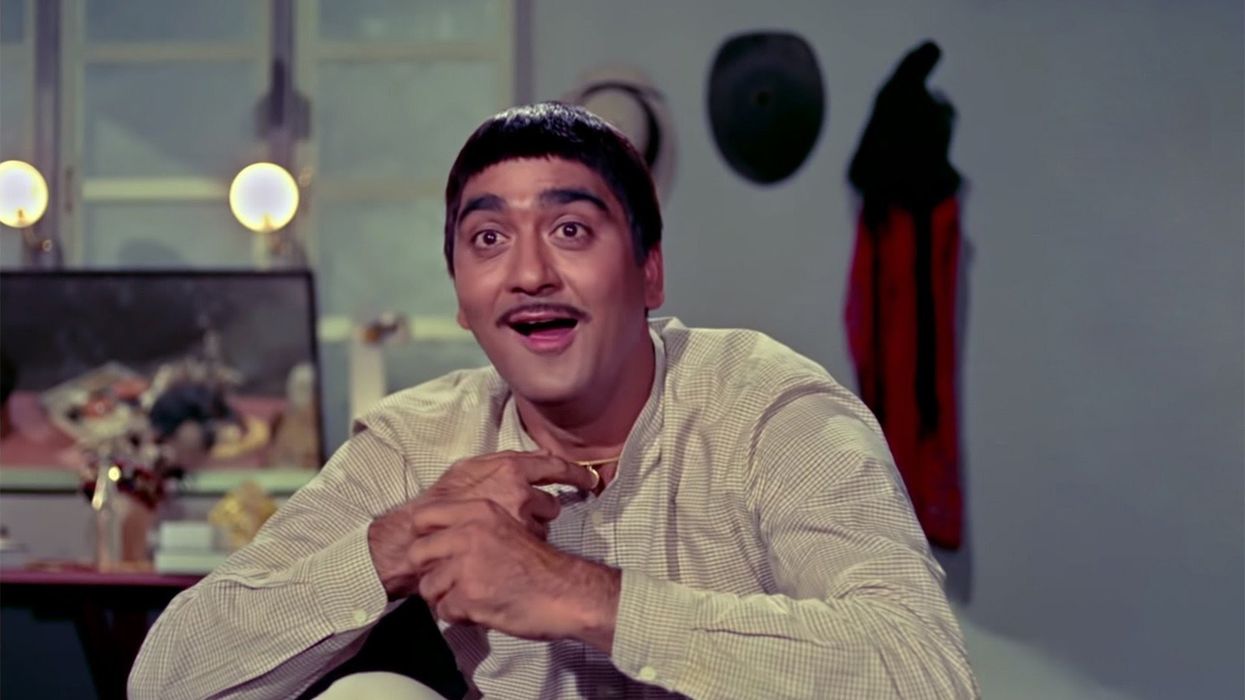




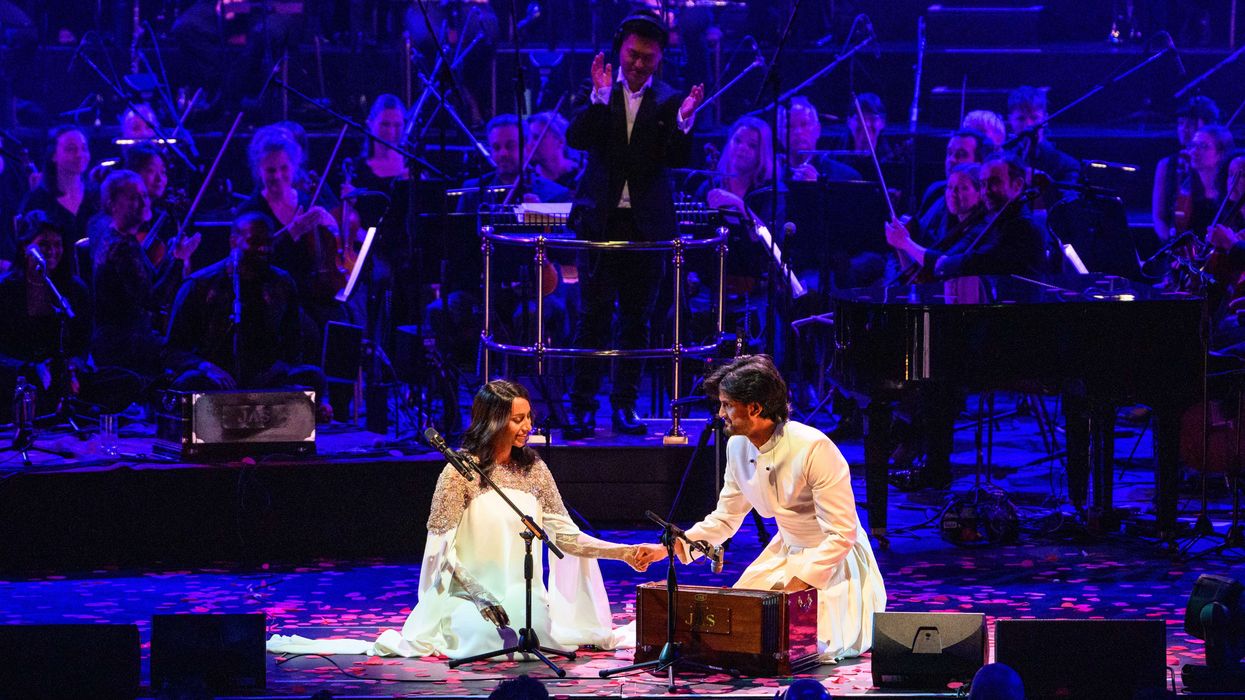
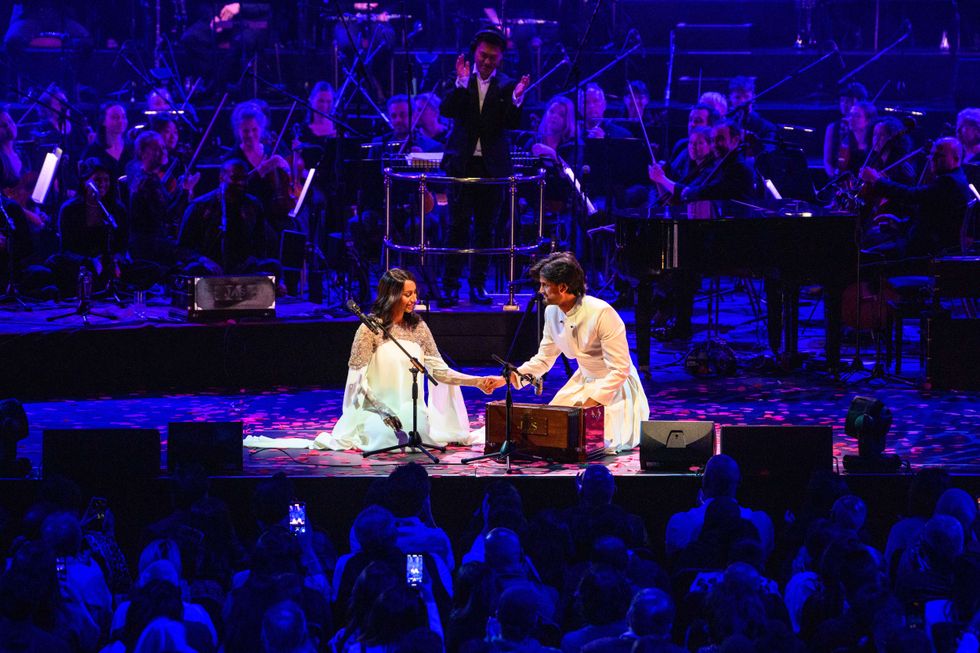 Orchestral Qawwali Project headlines Llangollen Eisteddfod for first time
Orchestral Qawwali Project headlines Llangollen Eisteddfod for first time 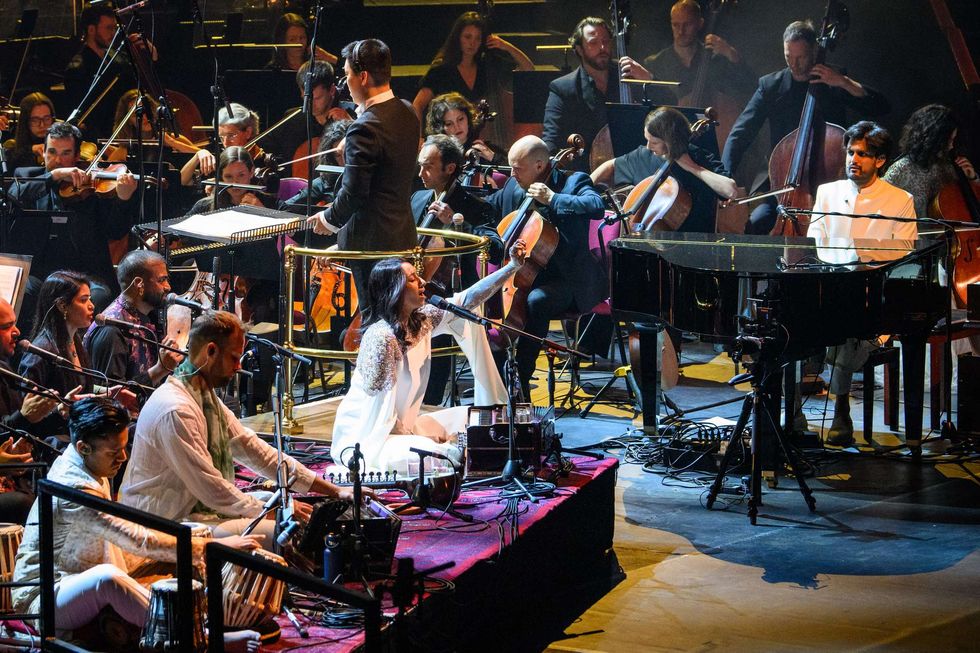 Llangollen Eisteddfod welcomes full orchestra qawwali performance
Llangollen Eisteddfod welcomes full orchestra qawwali performance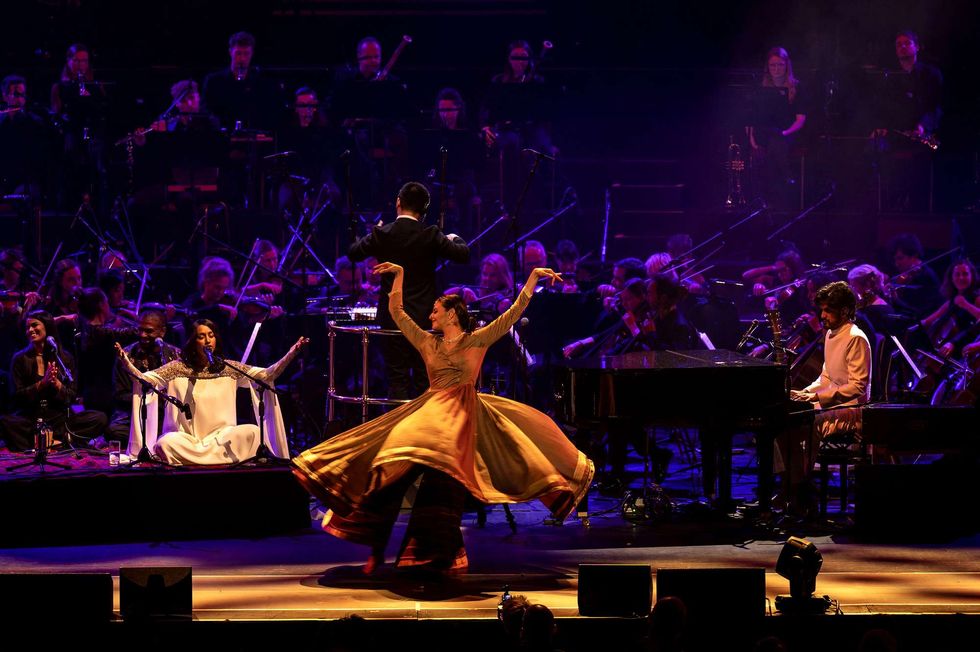 Orchestral Qawwali Project set to electrify festival audiences
Orchestral Qawwali Project set to electrify festival audiences






